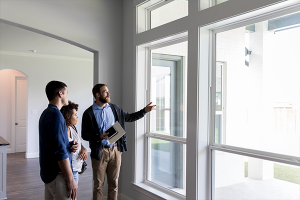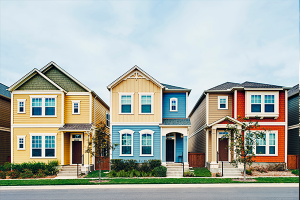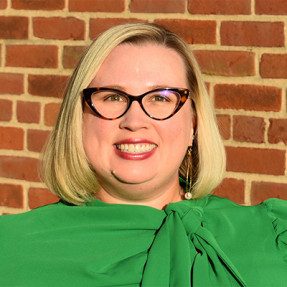To celebrate Galentine’s Day this year, we will take a page from Leslie Knope’s book from Parks and Recreation and celebrate single women buying homes. These women surpass all odds in the housing market and purchase homes with lower household incomes in an increasingly unaffordable housing market. Let’s look at how they stack up compared to their single male counterparts.
Women have been second only to married couples in the home-buying market since NAR started data collection in 1981. This statistic is striking because up until 1974, women were legally prohibited from obtaining a mortgage without a co-signer. Before the passage of the Fair Housing Act’s prohibitions against “sex” discrimination in housing-related transactions, and the protections of the Equal Credit Opportunity Act, it was commonplace for a widow to need a male relative as a co-signer. Under federal law, women had no legal recourse for this or any other lending discrimination.
In 1981, 73% of home buyers were married couples, 11% were single women, and 10% were single men. Today those shares stand at 61% married couples, 17% single women, and 9% single men. The highest share of single women buyers was in 2006, when the share stood at 22%. Between 2016 and 2022, the share of single women has been between 17% to 19%. In 2010, the percentage of single men rose to a high of 12% but has stayed between 7% to 9% of buyers in recent years.
In recent years, an easy explanation for the rise in single women buyers was the drop in the share of Americans who are married. Using Census data, in 1950, 23% of Americans ages 15 and up had never been married. In 2022, that share stood at 34% of Americans. That translates into 37.9 million one-person households in the US today—29% of all households.
But then, why are women buying homes and men are not? For the possible answer to that, it is best to turn to who is buying and their household composition. Both men and women are most likely to say they are purchasing for the desire to own a home, but significantly more women purchase to be close to friends and family. Women are also more likely to report buying because of a change in a family situation, such as a divorce, death, or birth of a child. When collecting on whether or not a buyer is single now, a data point not collected is if the buyer was once married and is now widowed or divorced, but in both scenarios, the proximity to friends and family may be important to women.
Single women traditionally prioritize where their friends and family are in deciding where to buy a home. For 41 percent of women, their neighborhood choice is determined by the proximity to friends and family, compared to 35 percent of single men. Interestingly, men are more likely to cite retirement as a reason to purchase 18% compared to women at just 5%.
The second central question posed is finances. Women home buyers typically purchase a home as first-time buyers at a household income of $51,400 compared to single men at $64,100. While male incomes do not match that of married or unmarried couples, their higher incomes allow them more buying power than single women buyers. This is especially important when thinking of the recent mortgage interest rate increases and the rise in home prices. This may be one reason why the age of a single woman first-time buyer is a median of 38 while men have a median age of 37 as first-time buyers.
Given lower household incomes, women do make more financial sacrifices when purchasing. Thirty-nine percent of women make financial sacrifices compared to 37% of men who purchase homes. Common financial sacrifices include cutting spending on non-essential goods, entertainment, clothes, and even taking on a second job. These sacrifices only underscore how important homeownership is to women as these sacrifices all outpace those of male buyers. As noted in a previous blog, women are more likely to move in with friends or family before purchasing to avoid paying rent. These sacrifices may add up over several years, contributing to the slightly higher age.
One notable difference is the source of the downpayment. While savings and sales from the last home are the most common sources for single men and women, there are two notable differences in other sources. Men are more likely to sell stock or bonds, use their IRA, or take a loan from their 401k/retirement at 14% compared to women at 10%. At the same time, 11% of single women use a gift from a friend or relative for their downpayment compared to 8% of single men.
Regardless of how these single women enter homeownership, they are finding a way and doing so at a significant pace. They are to be celebrated. To them and to all buyers out there, a happy Galentine’s Day!
For more on these trends and others, check out the full Profile of Home Buyers and Sellers report.


















